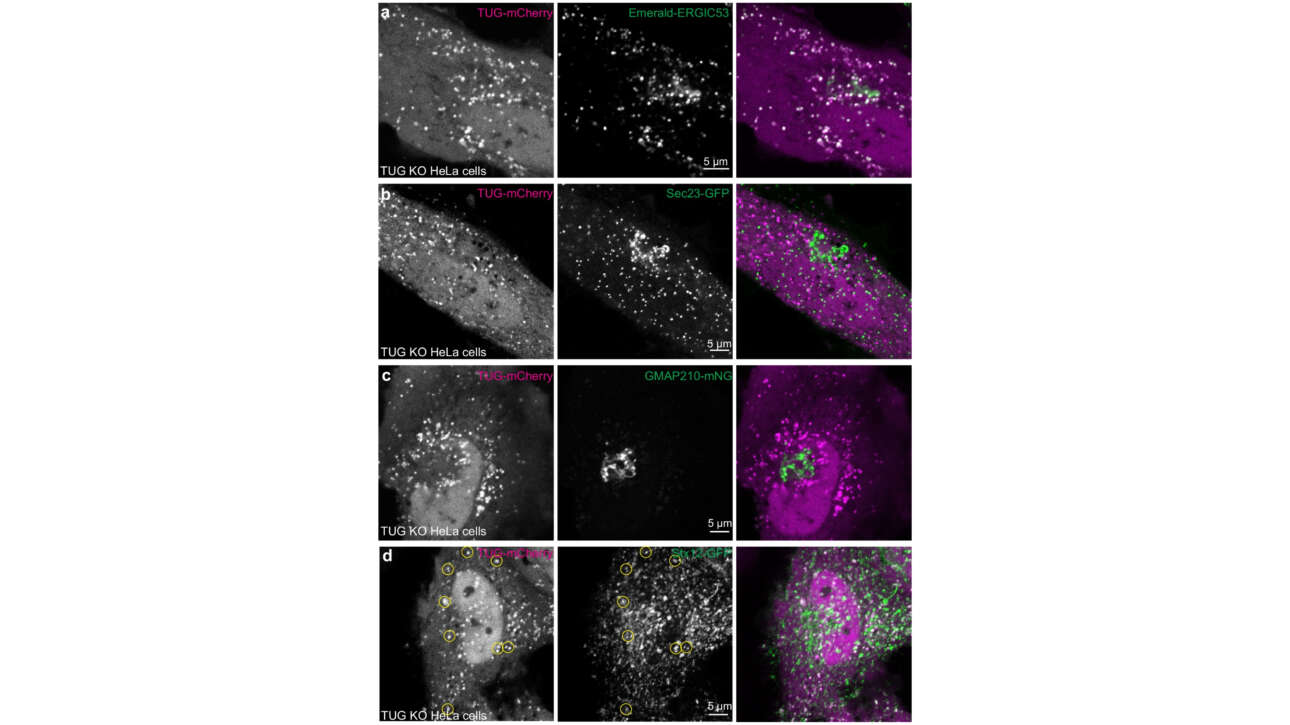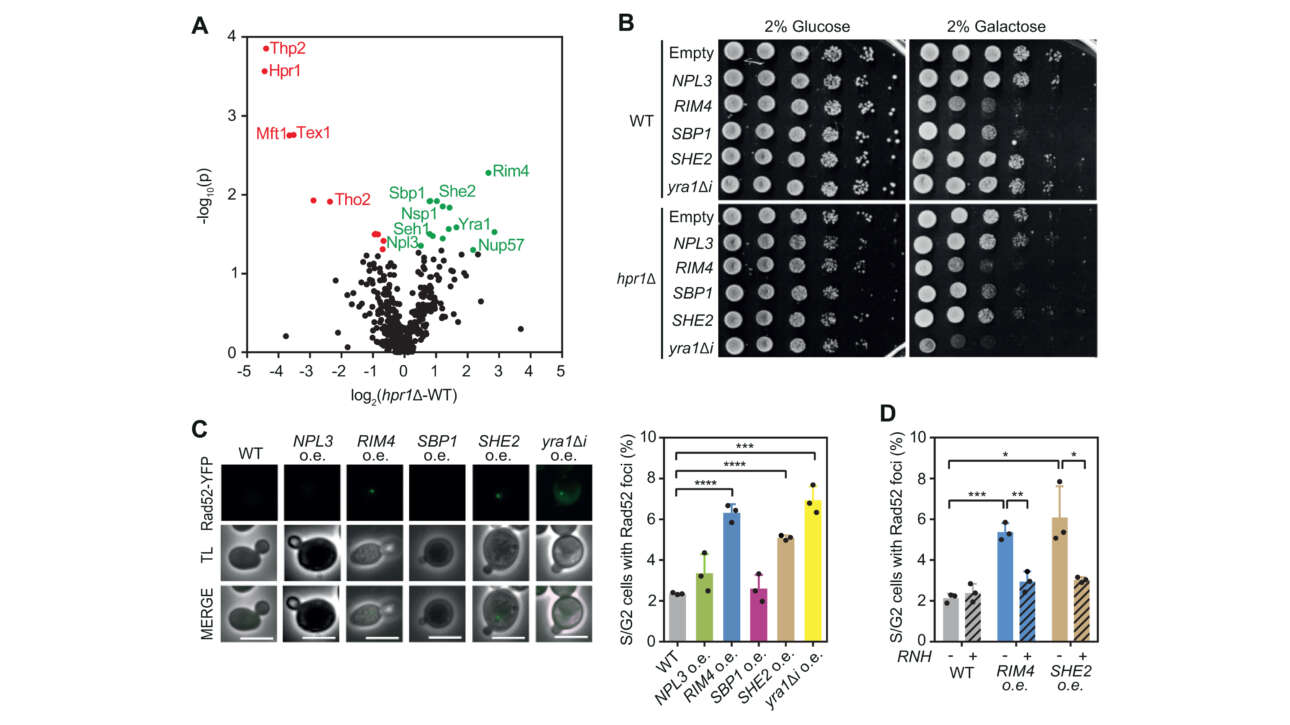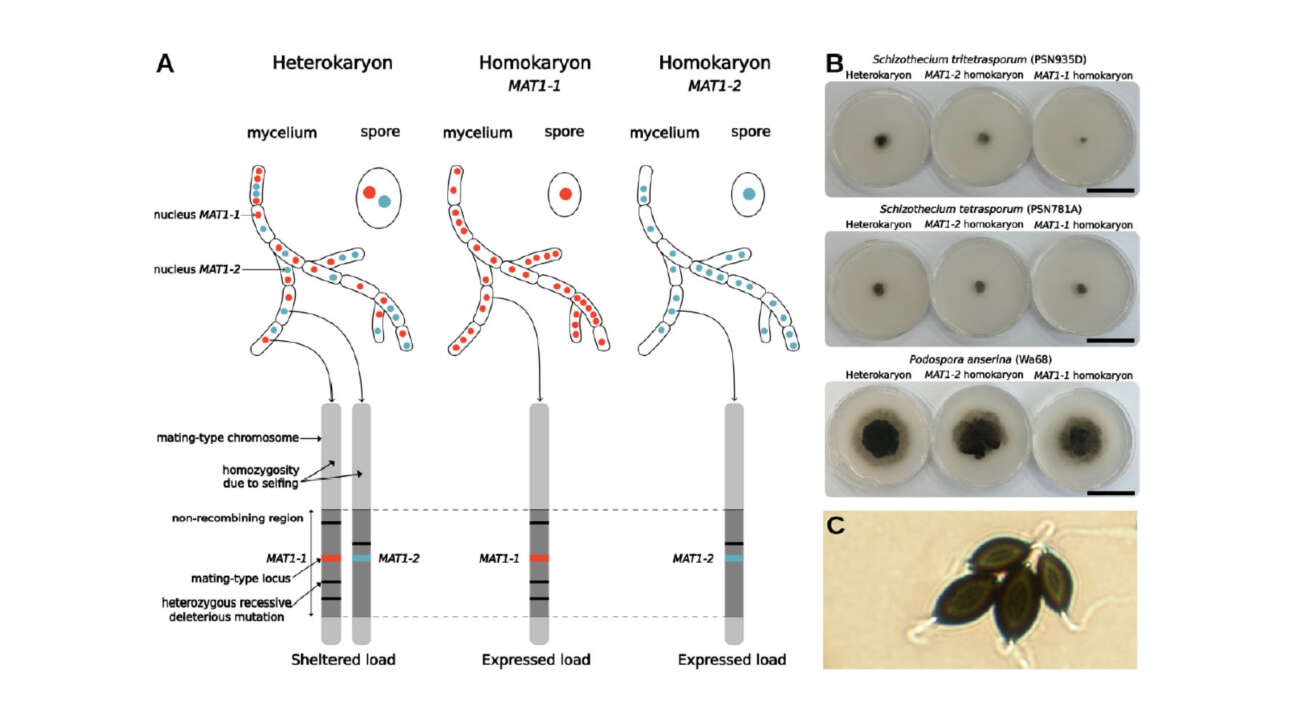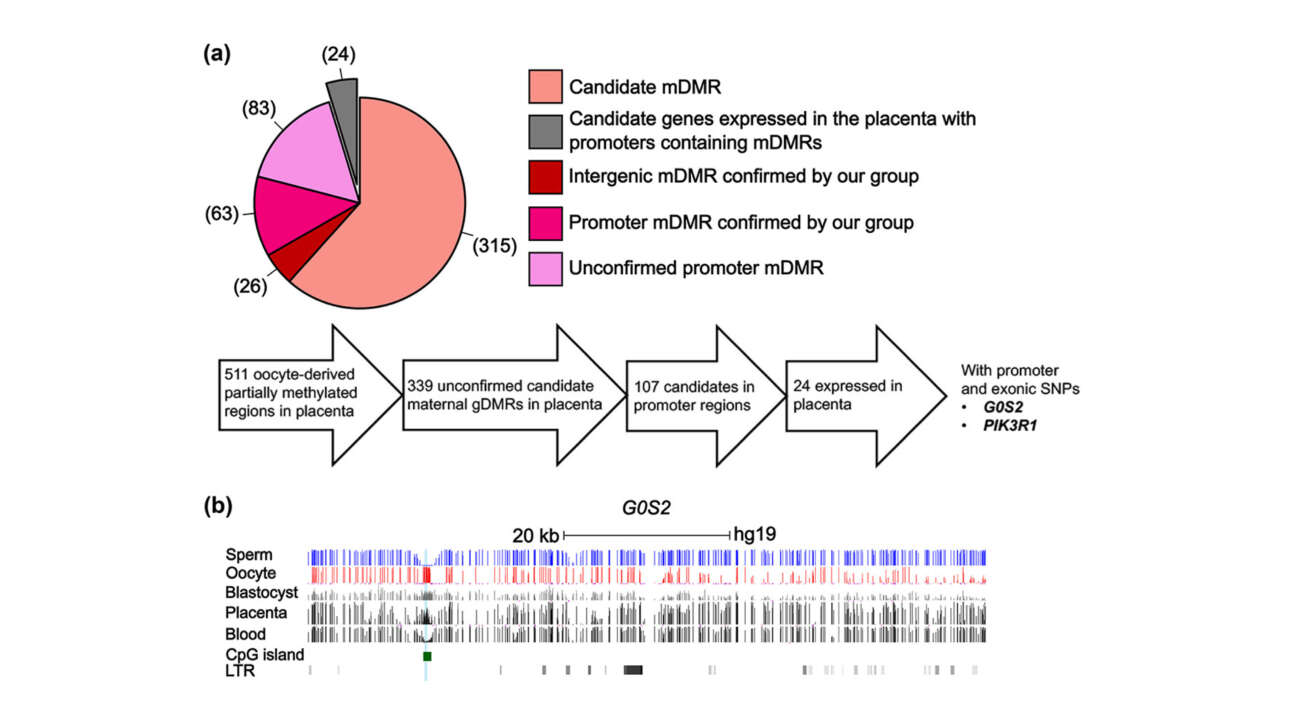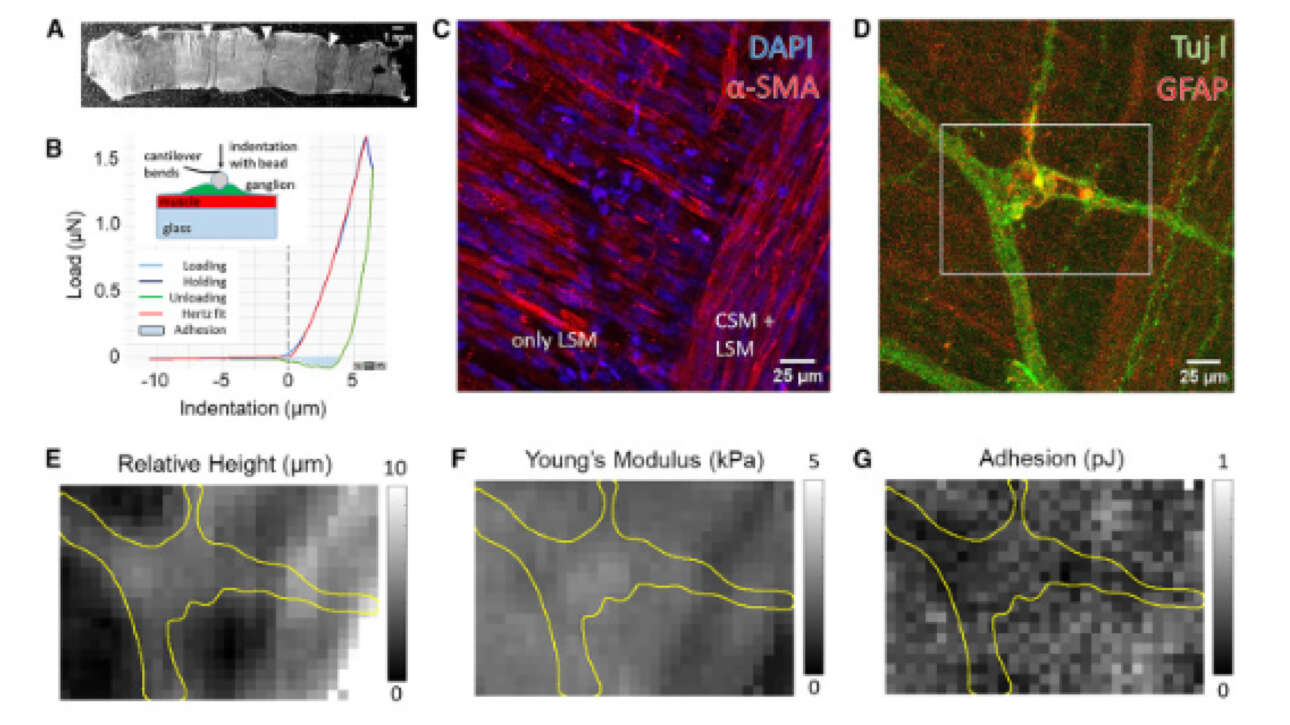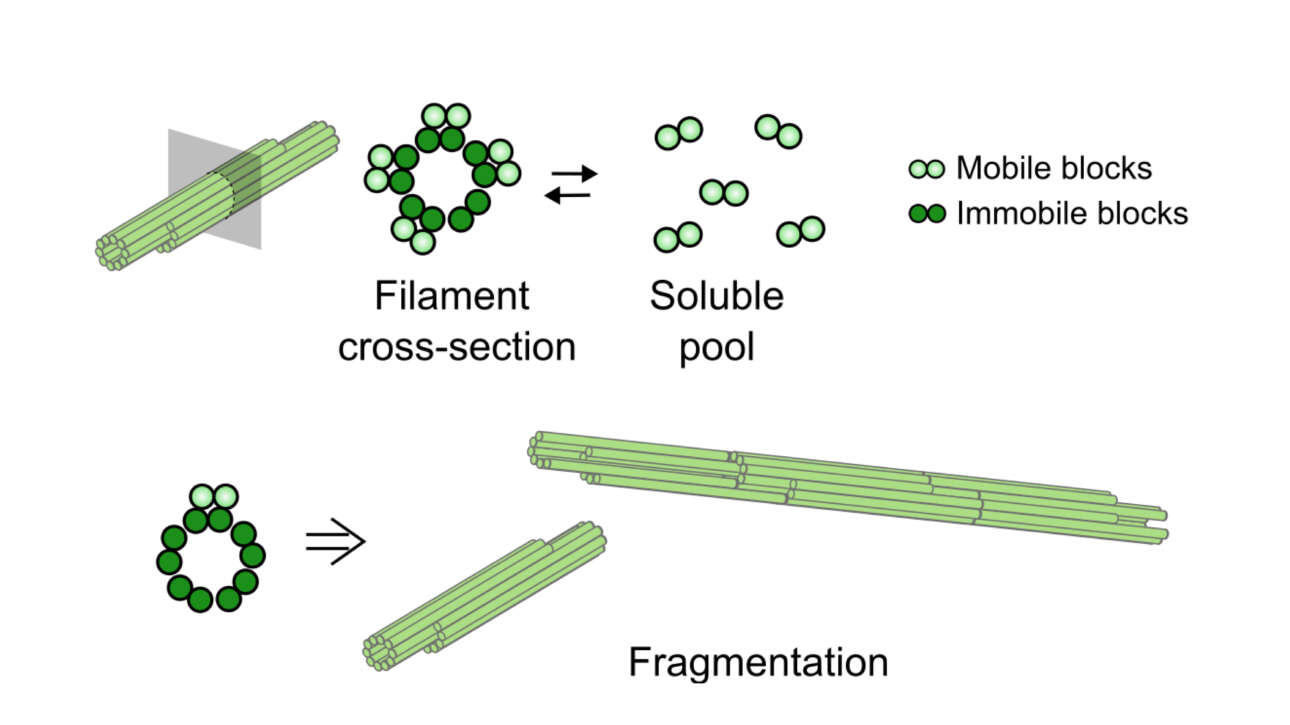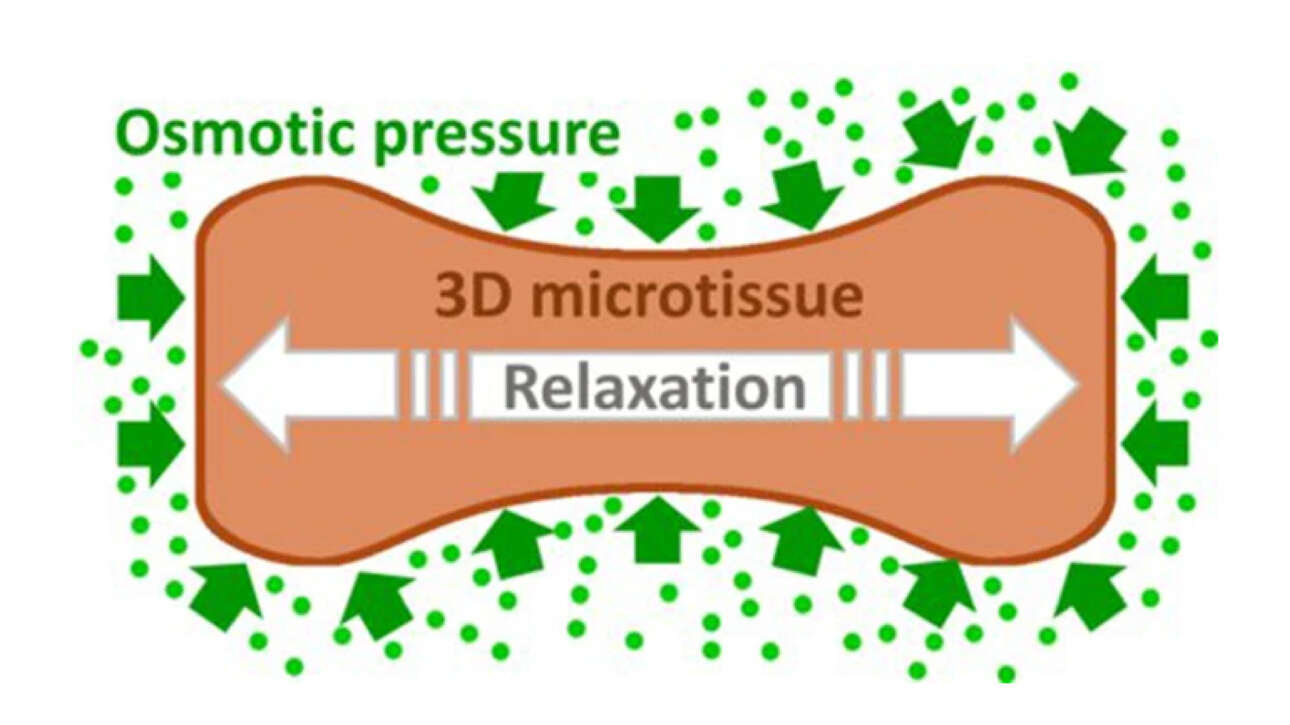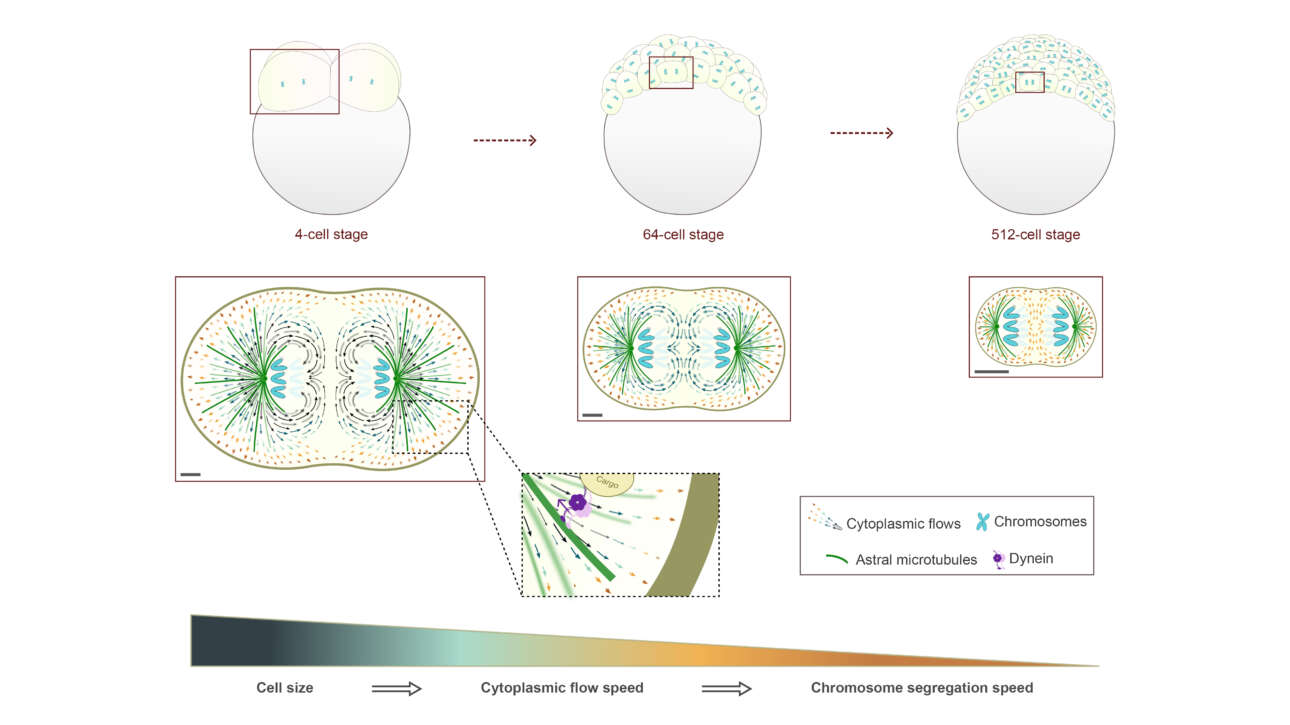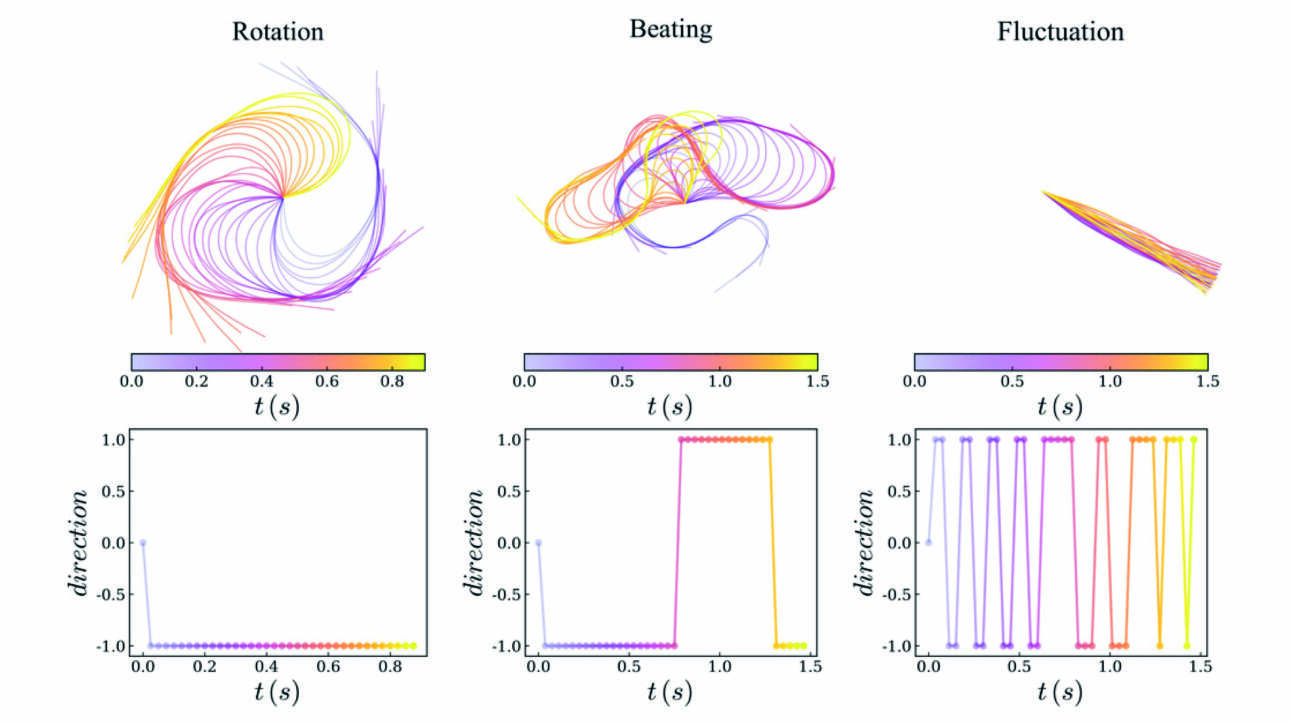The Raote Lab contributes to the publication of a new article in Nature communications:
TUG protein acts through a disordered region to organize the early secretory pathway
Abstract:
The Endoplasmic Reticulum (ER)-Golgi Intermediate Compartment (ERGIC) is a network of tubules and vesicles known for producing COPI vesicles and receiving COPII vesicles from the ER. Much about its…
